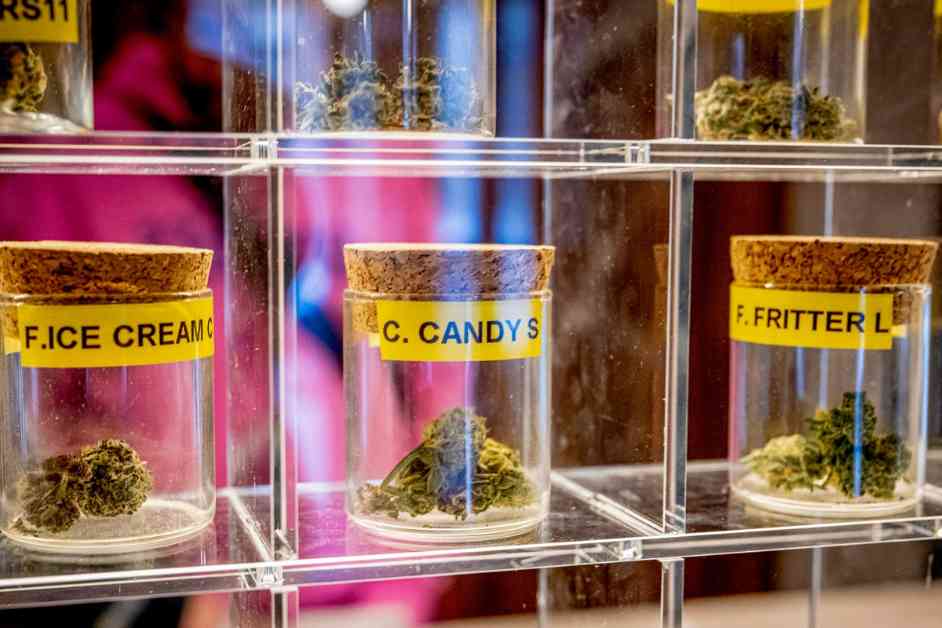In a local clinic, a father shared the heartbreaking story of his son Sam’s descent into psychosis. Sam, a typical high school student, had started casually using marijuana with friends in ninth grade. His parents, who had themselves used cannabis in college, were initially unconcerned when he assured them, “Don’t worry, it’s just pot.” However, as Sam’s cannabis use escalated, so did his odd behaviors and refusal to attend school. Despite his parents’ efforts, even a stint in rehab failed to alleviate Sam’s psychotic symptoms. By the time they sought help at the clinic, Sam was fully convinced that the government was surveilling him, illustrating the potential risks of cannabis use in teenagers.
The Changing Face of Cannabis: A Dangerous Experiment
The landscape of cannabis has evolved significantly from the days of the flower children. Today’s cannabis strains are highly potent, with THC levels far surpassing those of the past. Genetic modifications have led to a 212 percent increase in THC content, making modern cannabis more addictive and potentially more harmful, especially to developing adolescent brains. The risk of psychosis correlates with potency, early onset of use, and frequency of consumption, as evidenced by a Canadian study showing an 11-fold increase in psychotic disorders among cannabis users compared to non-users.
Experts in the field are concerned about the lack of awareness surrounding the dangers of modern cannabis, particularly among parents, educators, and legislators. While the exact relationship between cannabis and psychosis remains unclear, research suggests a strong association. The profound rewiring of adolescent brains, influenced by the endocannabinoid system, may explain the heightened vulnerability of teens to psychotic disorders. Animal and human studies indicate that early cannabis exposure can disrupt crucial brain functions, leading to long-lasting effects on mental health.
Navigating the Conversation: Cannabis Literacy for Parents
For parents facing the reality of their teenagers’ exposure to cannabis, open communication is key. Establishing clear rules and boundaries, based on accurate information, can help guide adolescents in making informed choices. Encouraging teens to seek reputable sources of information and fostering a nonjudgmental dialogue about cannabis use can promote responsible decision-making. In cases where teens struggle with cannabis addiction, a harm reduction approach, focusing on lower-potency products with higher CBD-to-THC ratios, may offer a path towards recovery.
In the case of Sam, ongoing psychiatric treatment and family therapy were recommended to support him in managing his chronic psychotic disorder. Recognizing the early signs of psychosis, such as isolation, self-talk, or hallucinations, and seeking timely psychological intervention can make a significant difference in a teenager’s prognosis. As the landscape of cannabis continues to evolve, it is essential for parents and teenagers alike to stay informed, engage in open dialogue, and prioritize mental health in decision-making.
In conclusion, the story of Sam serves as a poignant reminder of the complex relationship between cannabis use and mental health in teenagers. By raising awareness, fostering communication, and seeking professional help when needed, families can navigate the challenges posed by modern cannabis with greater resilience and understanding. The evolving conversation around cannabis literacy and mental health underscores the importance of proactive engagement and informed decision-making in safeguarding the well-being of our youth.










